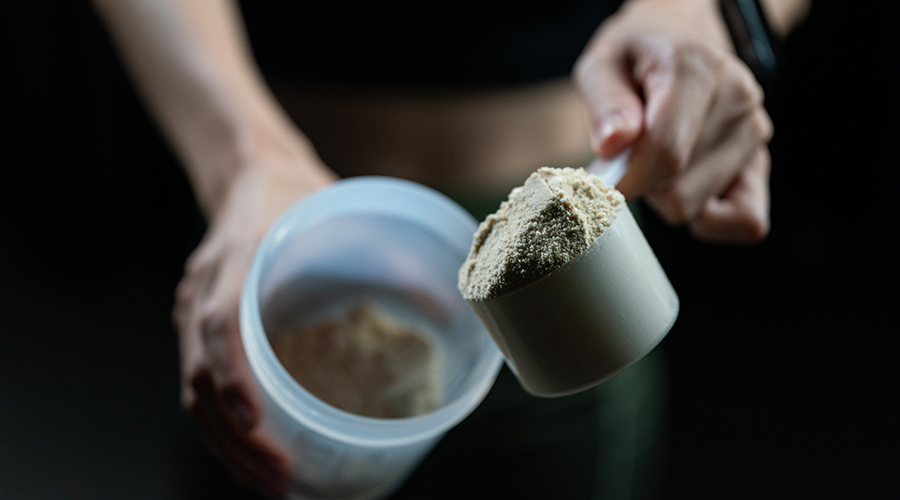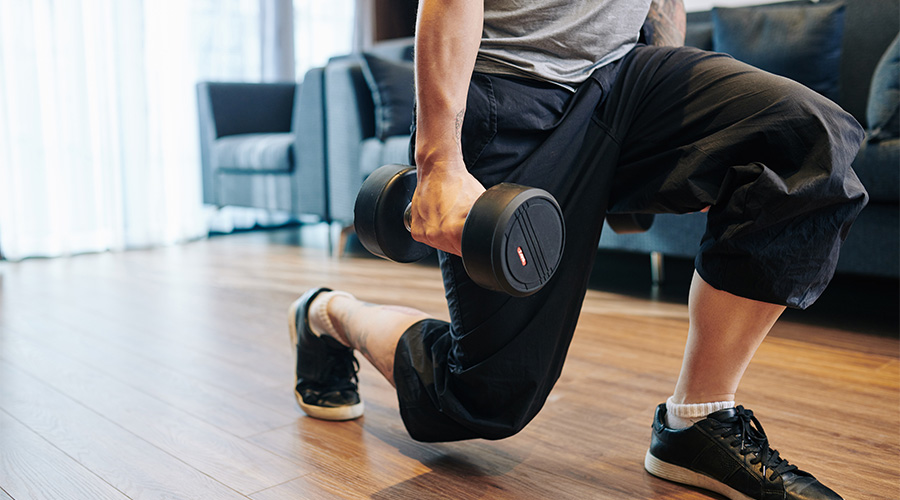Hello Ziddis! Summer has started, and many of you may have noticed that the taste of your protein powder now seems slightly different. But are you just imagining it, or are the flavours actually changing? The way we perceive flavours is influenced by several factors like temperature, humidity and your taste sensitivity which shifts with the seasons. Even the ingredients in your protein powder react differently to heat and cold and that can change the overall experience of consuming protein powder. Here is how your protein powder feels and tastes different in summer.
Protein Powder Taste Change
The taste of your protein powder may seem to change for multiple reasons like some ingredients in your protein powder react differently to the warmer temperature. Warmer temperatures tend to enhance the sweetness and make flavours stronger. In colder days of winter, certain taste receptors become dull making the same protein powder seem tasteless or milder.
The humidity of a place plays a role in affecting the ingredient stability. This also determines how well the powder mixes when added to liquids.
Why Does Protein Powder Taste Different?
There are many reasons why protein powder might taste different now that summer has started.
1. Taste Sensitivity Changes Across Seasons
Our perception of taste is not consistent. It changes throughout the year. In summer with the higher temperatures, we crave lighter but more refreshing flavours. This increases our sensitivity to sweetness. But during the winter, our taste buds seem dull and make us crave richer and more intense flavours.
2. Temperature’s Effect on Flavor Release
When something is cold, our taste buds don’t pick up on sweetness and aroma as effectively. This is why ice cream is loaded with sugar, unlike other room-temperature desserts. It compensates for the reduced perception of sweetness. When protein powders are mixed with warm water you can actually taste the flavour and it tastes different than when protein powder is mixed with ice-cold water.
3. Ingredient Stability & Mixability
Protein powders contain many different ingredients including flavouring agents, stabilizers, emulsifiers and more. All these react differently to environmental changes.
For example, in high humidity, your protein powder can start to clump or get into a rather off-putting texture. This also alters the nature of its flavours making it stale bland, muted or stale.
Some protein ingredients like natural sweeteners and flavour enhancers can react by oxidizing in heat and lead to subtle changes in flavour.
Protein Powder in Hot Weather
Have you ever left your protein powder in a warm kitchen? Did you notice any difference in the taste or texture? Next time observe it. This change is because heat accelerates ingredients to degrade. The flavour compounds in flavoured protein powders can break down or change in properties. This makes them taste slightly different than they were earlier.
If you stay in humid areas, storing your protein in an airtight container can help maintain its original taste and consistency.

Protein Powder and Temperature
There is a relationship between protein powder and temperature. When you mix your protein powder in a liquid, the result of its taste depends more on the liquid now.
- Cold water or milk can mute the flavour making the protein shake taste less sweet. But this can create a great refreshing power booster for summer.
- Room temperature or moderate temperature can make the flavours easily perceived.
- Warm or hot liquids enhance sweetness and aroma. But this is at the risk of clumping or altering the protein structure making it useless.
Read Also: Whey Protein Recipes Beyond the Regular Shake
Takeaway
if your protein shake has started to taste different, do not blame the protein powder, blame the weather. Warmer weather can add to the sweetness of the protein powder. Storing your protein powder, fit foods and oat protein in airtight containers is important if you stay in a humid area.
So next time your shake tastes a little off just tweak how you mix it, and you might find the perfect balance for any season!







 100% Safe & Secure payments:
100% Safe & Secure payments:




